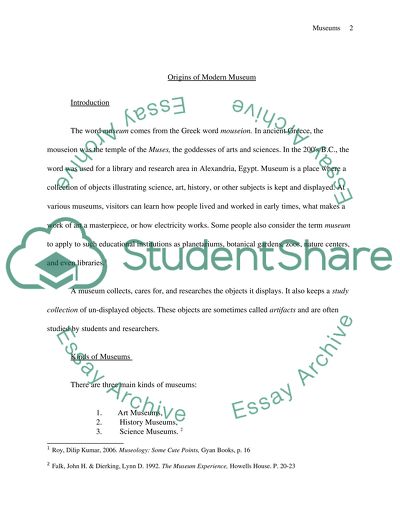Cite this document
(“Modern Museums Essay Example | Topics and Well Written Essays - 2000 words”, n.d.)
Retrieved from https://studentshare.org/history/1509308-modern-museums
Retrieved from https://studentshare.org/history/1509308-modern-museums
(Modern Museums Essay Example | Topics and Well Written Essays - 2000 Words)
https://studentshare.org/history/1509308-modern-museums.
https://studentshare.org/history/1509308-modern-museums.
“Modern Museums Essay Example | Topics and Well Written Essays - 2000 Words”, n.d. https://studentshare.org/history/1509308-modern-museums.


